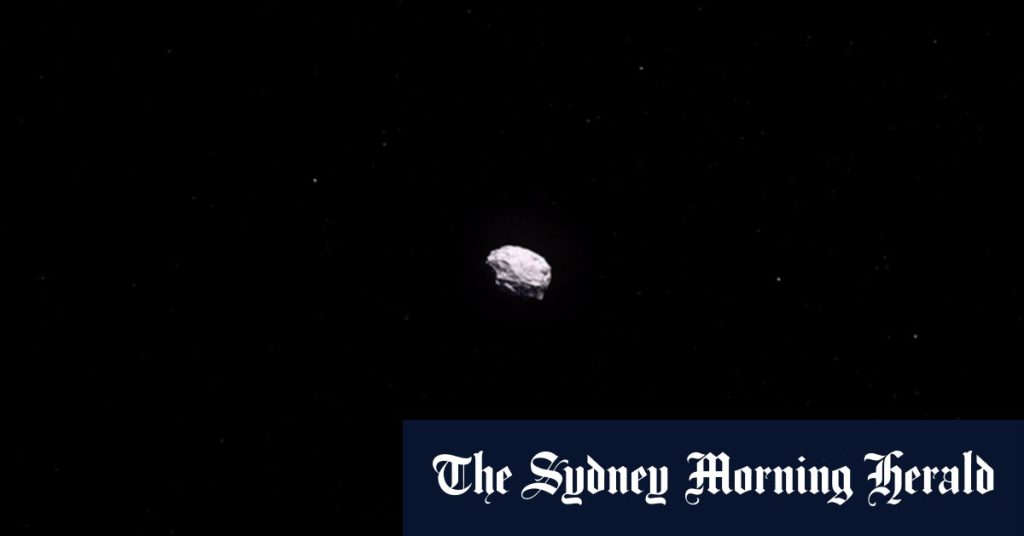In recent cosmic events, NASA has identified two potentially hazardous asteroids that have passed by Earth within the last 24 hours. The first asteroid, known as 2024 ON, is described as stadium-sized and was only discovered in July. It zoomed relatively close to Earth on Tuesday, prompting concerns about the need for continued research into planetary defense. The second asteroid, named 2013 FW13, is about the size of a skyscraper and passed by Earth at a distance of 3.25 million kilometers on Wednesday. Both asteroids are classified as potentially hazardous objects by NASA’s Jet Propulsion Lab, as they are large enough to cause significant damage in the event of a collision.
According to NASA, any asteroid larger than 150 meters that comes within 7.5 million kilometers of Earth is considered a potentially hazardous object. The agency estimates that there are at least 50 asteroids larger than a kilometer and 14,000 smaller unknown asteroids that are yet to be discovered and tracked. The need for early detection and tracking of such asteroids is crucial in order to potentially divert a catastrophic asteroid strike. However, NASA believes that many years of warning would be necessary to effectively prevent such an event.
Despite the discovery of multiple near-earth asteroids each year, the overall risk they pose to Earth is considered extremely small. Dr. Sara Webb, an astrophysicist from Swinburne University of Technology, emphasized that the frequency of these discoveries underscores the importance of ongoing monitoring and research in the field of planetary defense. The recent identification of asteroids such as 2024 ON and 2013 FW13 highlights the unpredictability of cosmic events and the need for vigilance in tracking potential threats.
In addition to the recent asteroid sightings, Australian researchers have uncovered evidence suggesting that Earth was once surrounded by a ring similar to Saturn’s. Analysis of ancient craters has revealed this intriguing possibility, shedding light on the planet’s geologic history. The discovery adds a new dimension to our understanding of Earth’s formation and evolution, emphasizing the dynamic nature of the cosmos and the ongoing exploration of space.
Looking ahead, another asteroid known as 2024 PT5, discovered in August by the Asteroid Terrestrial-Impact Last Alert System, is set to enter Earth’s orbit on September 29. This particular asteroid is projected to become a “minimoon,” circling Earth at just the right speed and angle. While the risk posed by such asteroids remains small, the variety of incoming cosmic objects underscores the continuous need for monitoring and assessment in order to safeguard Earth from potential impacts. The interconnected nature of these cosmic events highlights the intricate relationship between Earth and the wider universe, inviting further exploration and discovery in the realm of space science.













